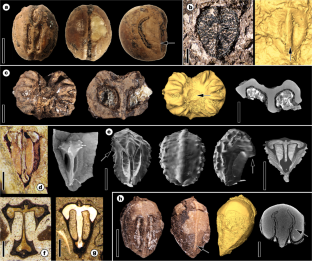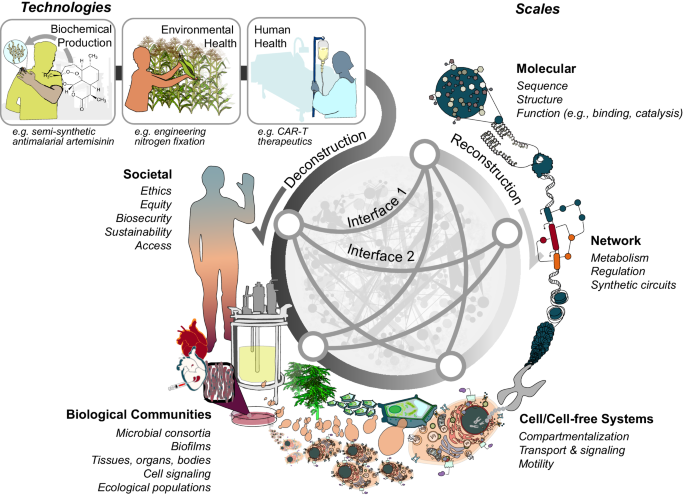2024-07-01 ミシガン大学
<関連情報>
- https://news.umich.edu/could-prolonged-exposure-to-pollution-lead-to-loss-of-independence-in-later-life/
- https://jamanetwork.com/journals/jamanetworkopen/fullarticle/2820559
全米における大気汚染と高齢者の自立喪失 Source-Specific Air Pollution and Loss of Independence in Older Adults Across the US
Boya Zhang, PhD; Carlos F. Mendes de Leon, PhD; Kenneth M. Langa, MD, PhD; et al
JAMA Network Open Published:June 28, 2024
DOI:10.1001/jamanetworkopen.2024.18460

Key Points
Question Are long-term exposures to air pollution from different emission sources associated with loss of independence in later life?
Findings In this cohort study of 25 314 adults older than 50 years, higher residential levels of traffic-related air pollutants, including particulate matter less than 2.5 μm in diameter (PM2.5) from road traffic, PM2.5 from nonroad traffic, and nitrogen dioxide, were associated with greater risks of lost independence.
Meaning These findings suggest that traffic-related air pollution may be associated with the likelihood of needing help for lost independence among older adults and that interventions to reduce pollution exposure may be associated with a prolonged ability to live independently.
Abstract
Importance Air pollution is a recognized risk factor associated with chronic diseases, including respiratory and cardiovascular conditions, which can lead to physical and cognitive impairments in later life. Although these losses of function, individually or in combination, reduce individuals’ likelihood of living independently, little is known about the association of air pollution with this critical outcome.
Objective To investigate associations between air pollution and loss of independence in later life.
Design, Setting, and Participants This cohort study was conducted as part of the Environmental Predictors Of Cognitive Health and Aging study and used 1998 to 2016 data from the Health and Retirement Study. Participants included respondents from this nationally representative, population-based cohort who were older than 50 years and had not previously reported a loss of independence. Analyses were performed from August 31 to October 15, 2023.
Exposures Mean 10-year pollutant concentrations (particulate matter less than 2.5 μm in diameter [PM2.5] or ranging from 2.5 μm to 10 μm in diameter [PM10-2.5], nitrogen dioxide [NO2], and ozone [O3]) were estimated at respondent addresses using spatiotemporal models along with PM2.5 levels from 9 emission sources.
Main Outcomes and Measures Loss of independence was defined as newly receiving care for at least 1 activity of daily living or instrumental activity of daily living due to health and memory problems or moving to a nursing home. Associations were estimated with generalized estimating equation regression adjusting for potential confounders.
Results Among 25 314 respondents older than 50 years (mean [SD] baseline age, 61.1 [9.4] years; 11 208 male [44.3%]), 9985 individuals (39.4%) experienced lost independence during a mean (SD) follow-up of 10.2 (5.5) years. Higher exposure levels of mean concentration were associated with increased risks of lost independence for total PM2.5 levels (risk ratio [RR] per 1-IQR of 10-year mean, 1.05; 95% CI, 1.01-1.10), PM2.5 levels from road traffic (RR per 1-IQR of 10-year mean, 1.09; 95% CI, 1.03-1.16) and nonroad traffic (RR per 1-IQR of 10-year mean, 1.13; 95% CI, 1.03-1.24), and NO2 levels (RR per 1-IQR of 10-year mean, 1.05; 95% CI, 1.01-1.08). Compared with other sources, traffic-generated pollutants were most consistently and robustly associated with loss of independence; only road traffic-related PM2.5 levels remained associated with increased risk after adjustment for PM2.5 from other sources (RR per 1-IQR increase in 10-year mean concentration, 1.10; 95% CI, 1.00-1.21). Other pollutant-outcome associations were null, except for O3 levels, which were associated with lower risks of lost independence (RR per 1-IQR increase in 10-year mean concentration, 0.94; 95% CI, 0.92-0.97).
Conclusions and Relevance This study found that long-term exposure to air pollution was associated with the need for help for lost independence in later life, with especially large and consistent increases in risk for pollution generated by traffic-related sources. These findings suggest that controlling air pollution could be associated with diversion or delay of the need for care and prolonged ability to live independently.


